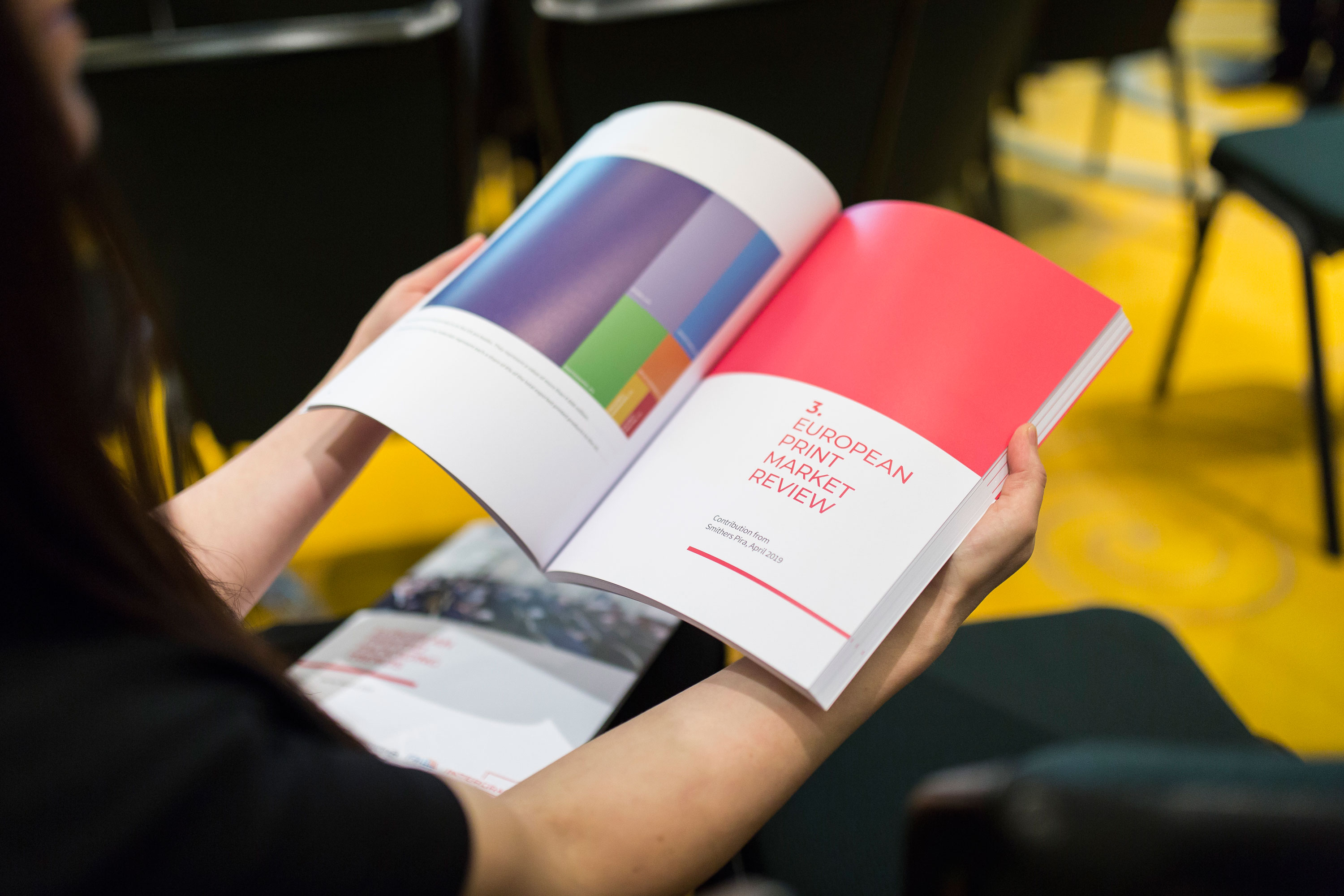PRINT TEXTBOOKS UNDER THREAT
19 July 2019

This week it has been reported that Pearson Education, the world’s largest education publisher operating in more than 70 countries, will phase out printed textbooks in favour of e-textbooks. This is, of course, a blow to the printing industry and its value chain who produce such products, but it is overwhelmingly more damaging for students and for the future of education in general.
Printed texts are proven to be vital for learning
Printed learning materials play an essential role in the education of students – even for so-called ‘digital natives’. There is a wide and rapidly growing body of independent academic research carried out on this topic which clearly demonstrates that urgent action must be taken to ensure students’ reading comprehension and critical thinking skills are not irrevocably damaged by the rapid and unsubstantiated phasing out of printed reading materials in schools. See the recently published results of the COST Action E-READ Initiative and its concluding Stavanger Declaration for an overview of such research.
The E-READ initiative established that print readers have a better recall of temporal relations between events and are able to more correctly reconstruct the plot of a text than screen readers. It was also found that the advantage for print was larger under time constraints and that scrolling resulted in a significant digital disadvantage. In addition, readers were more likely to be overconfident about their comprehension when reading on a screen, particularly when under time pressure. These effects were stronger for more complex texts.
Crucially, the digital disadvantage during elementary school was found by this initiative to be two-thirds of the yearly increase in reading comprehension. This means that students potentially only progressed one-third as much as they would have done had they been reading on paper instead of on a screen.
Digital materials absolutely occupy an important place in our education systems. They can provide many learning benefits. However, supporting the reading of longer single texts and long-form reading of more complex informational texts are not among those benefits. Reading these types of texts in print is proven to be significantly better for concentration, vocabulary-building and memory.
The whole education sector in Europe and beyond will be affected by Pearson’s decision to phase out printed textbooks, potentially hindering the full development of educated, critical thinking citizens in our society for decades. According to Pearson boss John Fallon, the reason for the decision is that “[o]ver half our annual revenues come from digital sales”. So clearly monetary considerations have been prioritised by Pearson over the educational benefits to students of their products.
What can we do to safeguard printed textbooks?
Education must be safeguarded and learning methods used in schools must be based on sound research. Policymakers need to ensure that print reading is prioritised over digital reading in schools unless or until there is a proven learning advantage of digital. This is currently not the case for longer, more complex texts like many textbooks. Inaction on a political level risks the long-term and irreversible degradation of students’ reading comprehension and critical thinking skills.
As Pearson is a market-leader in the field of education publishing, this is a very worrying development. Following Pearson’s decision, it has become more urgent than ever to promote reading in print and to publicise the wide body of research on this topic – to policymakers, educators and society alike. Print is vital for the future of education.
{K2Splitter}






